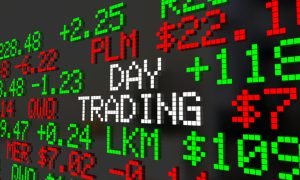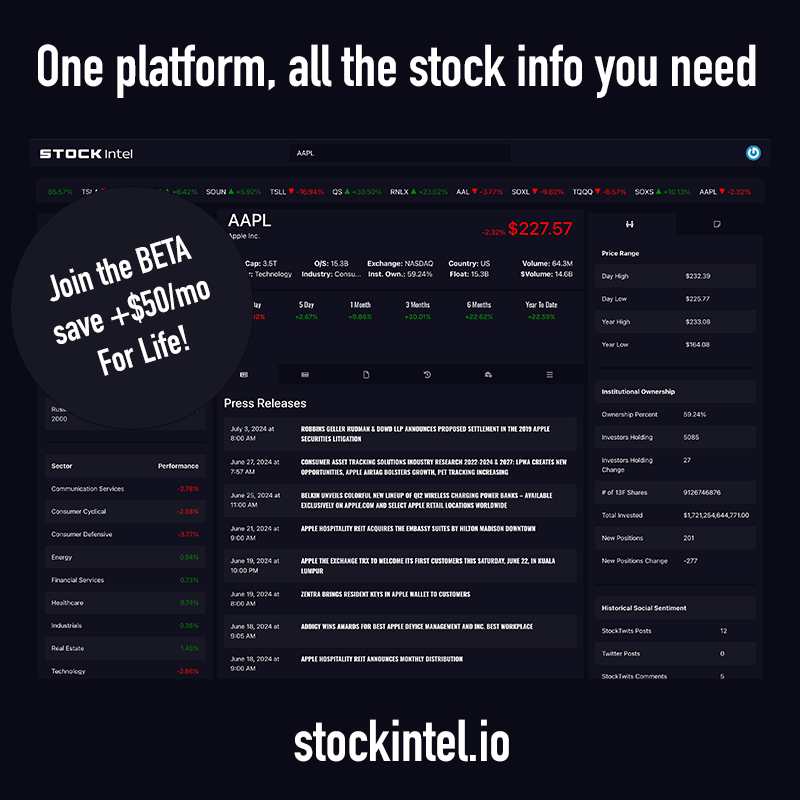A Box Spread is an advanced options trading strategy that involves the simultaneous purchase and sale of two vertical spreads (a bull call spread and a bear put spread) with the same expiration date. This strategy is used to exploit discrepancies in pricing between the two spreads, potentially locking in a risk-free profit. In a perfectly efficient market, a box spread should result in a payoff equal to the difference between the strike prices, minus the initial cost of entering the position.
Key Components of a Box Spread:
- Vertical Spreads:
- Bull Call Spread: This involves buying a call option at a lower strike price and selling a call option at a higher strike price.
- Bear Put Spread: This involves buying a put option at a higher strike price and selling a put option at a lower strike price.
- Structure of a Box Spread:
- The box spread is created by combining these two spreads:
- Buy a Call Option at the lower strike price (part of the bull call spread).
- Sell a Call Option at the higher strike price (part of the bull call spread).
- Buy a Put Option at the higher strike price (part of the bear put spread).
- Sell a Put Option at the lower strike price (part of the bear put spread).
- The box spread is created by combining these two spreads:
- Payoff Structure:
- Fixed Payoff: The box spread strategy is designed to create a fixed payoff, equal to the difference between the strike prices of the options involved, regardless of the underlying asset’s price at expiration.
- Example: If the strike prices are \$50 and \$60, the payoff at expiration should be \$10 (the difference between \$60 and \$50).
- Risk and Reward:
- Risk-Free Profit (Arbitrage): In an efficient market, the cost of entering the box spread should equal the difference between the strike prices, discounted at the risk-free rate. However, if there is a mispricing, traders can potentially lock in a risk-free profit, known as arbitrage.
- No Market Risk: Because the payoff is fixed, the strategy has no exposure to the underlying asset’s price movement, meaning there is no market risk involved once the spread is established.
- Cost of the Strategy:
- Initial Investment: The initial cost of a box spread should be close to the present value of the payoff at expiration. If the cost is lower, there may be an opportunity for arbitrage.
- Transaction Costs: Despite the potential for arbitrage, transaction costs can reduce or eliminate the profitability of a box spread, especially in markets with narrow spreads and high commissions.
- When to Use a Box Spread:
- Arbitrage Opportunities: Traders typically use a box spread when they identify discrepancies in the pricing of options that allow for a potential arbitrage opportunity.
- Capital Preservation: Some investors might use a box spread to preserve capital while earning a small, risk-free return, though this is more theoretical in highly efficient markets.
- Example of a Box Spread:
- Suppose a trader sets up a box spread with the following options on a stock trading at $55:
- Buy 1 Call Option with a strike price of $50.
- Sell 1 Call Option with a strike price of $60.
- Buy 1 Put Option with a strike price of $60.
- Sell 1 Put Option with a strike price of $50.
- The combined position should result in a fixed payoff of \$10 at expiration (the difference between the \$60 and \$50 strike prices), with the cost of setting up the trade determining the profit.
- Suppose a trader sets up a box spread with the following options on a stock trading at $55:
Summary:
A Box Spread is an options trading strategy that combines a bull call spread and a bear put spread with the same expiration date to create a position with a fixed payoff. This strategy is often used to exploit pricing inefficiencies in the options market, potentially resulting in a risk-free profit through arbitrage. The strategy involves no exposure to the underlying asset’s price movement and is primarily used by advanced traders in specific market conditions.







